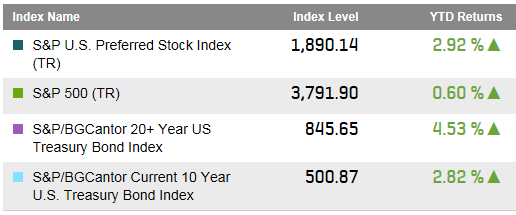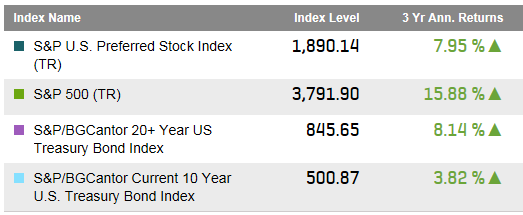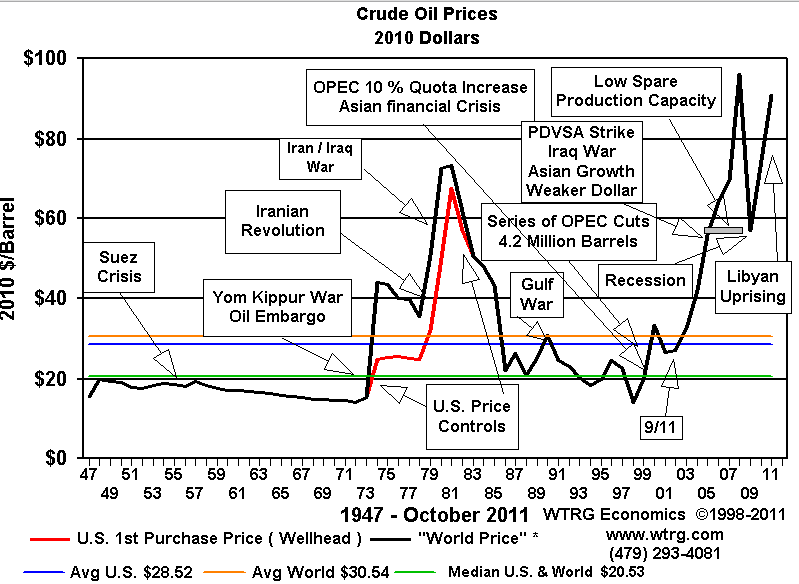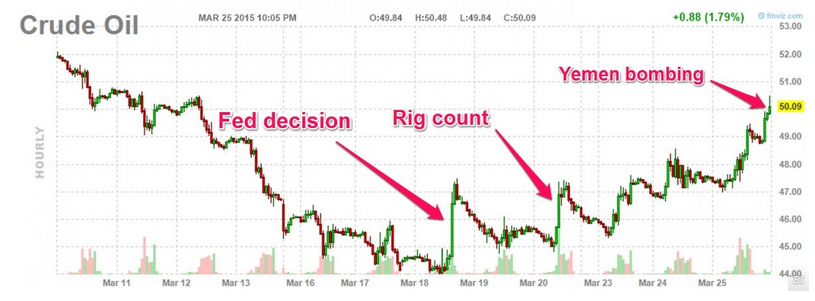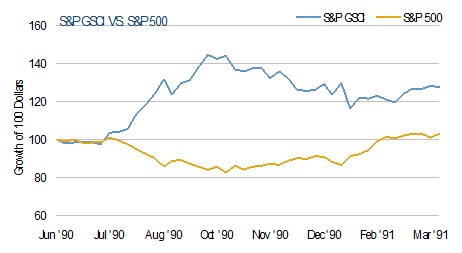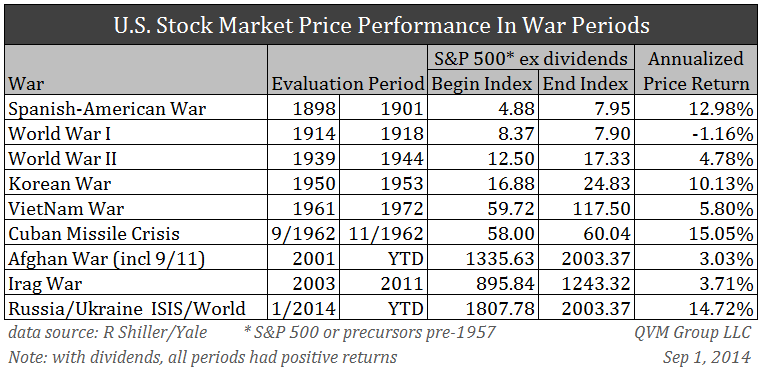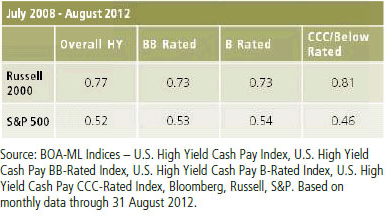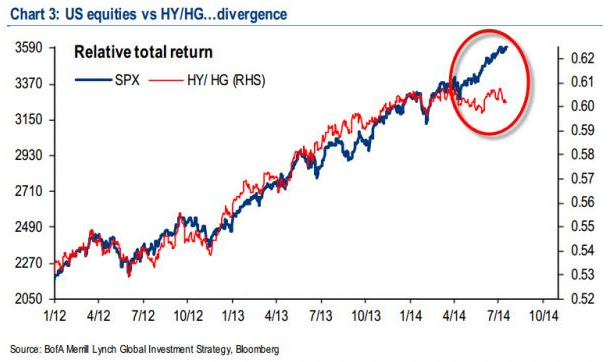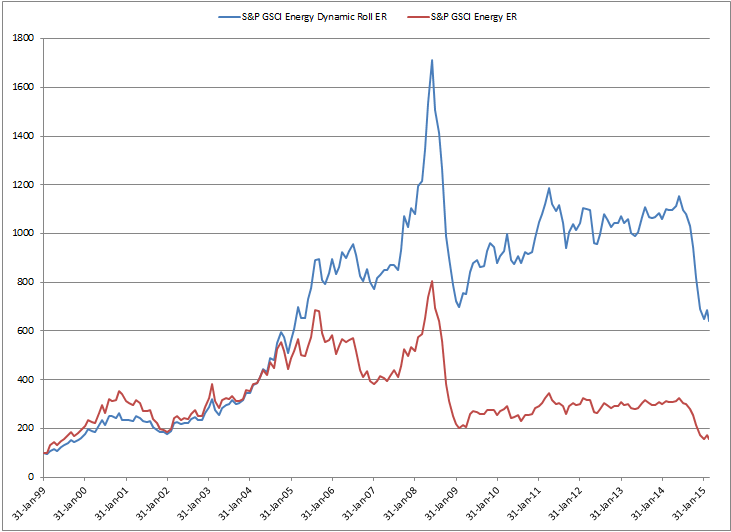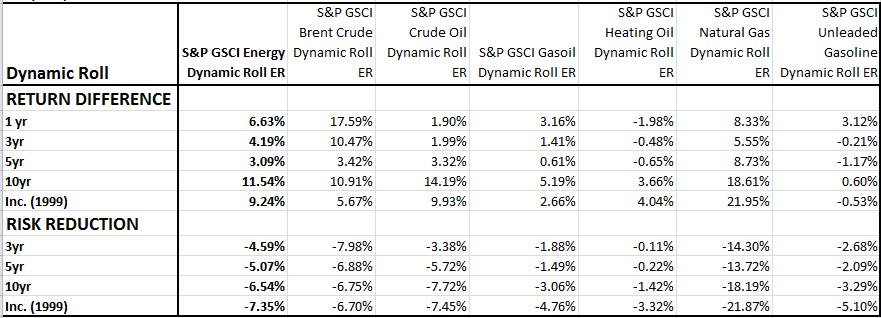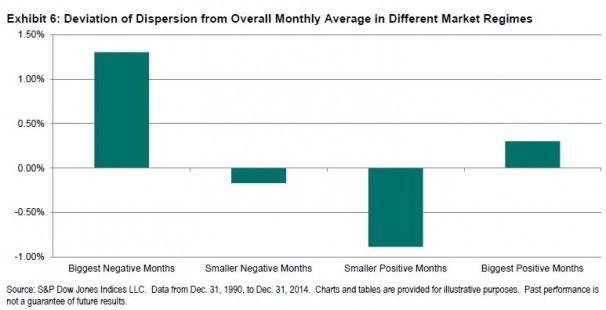The tax season for U.S. taxpayers is upon us. For bond income what you keep after Uncle Sam takes his share can be more important than what you earn.
Income, Yield and Duration:
- Investment grade municipal bonds on average have a higher coupon cash flow to bondholders than corporate bonds and that cash flow is exempt from federal taxation. The average tax-exempt coupon of investment grade bonds in the S&P National AMT-Free Municipal Bond Index is 4.61% while the average taxable coupon of bonds in the S&P U.S. Investment Grade Corporate Bond Index is 4.31%.
- Tax-exempt municipal bonds have a lower yield than corporate bonds. If a municipal bond and a corporate bond had the same coupon, maturity, quality and other characteristics the municipal bond would have a higher price and lower yield than the corporate bond. The tax-exempt yield of bonds in the S&P National AMT-Free Municipal Bond Index is 1.88% and corporate bonds in the S&P U.S. Investment Grade Corporate Bond Index are yielding 2.81%. One yield is representing a tax-free yield (not subject to federal taxes) and the other, the corporate yield, is before taxes are applied to the income. Another way to look at this would be to put each on an equal footing by using the taxable equivalent yield for municipal bonds. The taxable equivalent yield of the bonds in the S&P National AMT-Free Municipal Bond Index is 2.89% (assuming a 35% tax rate). In other words, to find equivalent taxable bonds one would need to find bonds that yield at least 2.89% or higher to keep the same amount of return after taxes. The higher the tax rate the higher the taxable equivalent yield. A 40% tax rate shifts the taxable equivalent yield of municipal bonds to over 3.1%.
- Here is the kicker: the yield comparison above is unfair to municipal bonds as investment grade municipal bonds on average have a shorter duration than their corporate counterparts. As we continue to be on the edge of a rising interest rate environment duration remains a key consideration. The modified duration of bonds in the S&P National AMT-Free Municipal Bond Index is 4.7 years while corporate bonds tracked in the S&P U.S. Investment Grade Corporate Bond Index have a duration of over 6.5 years. Based on this, corporate bonds should experience more volatility to the down side than municipal bonds if and when rates rise.
The bottom line: A focus on yield is important but it is actually what we get to keep after taxes that helps keep tax-exempt municipal bonds showing their value in this market.
The posts on this blog are opinions, not advice. Please read our Disclaimers.









































